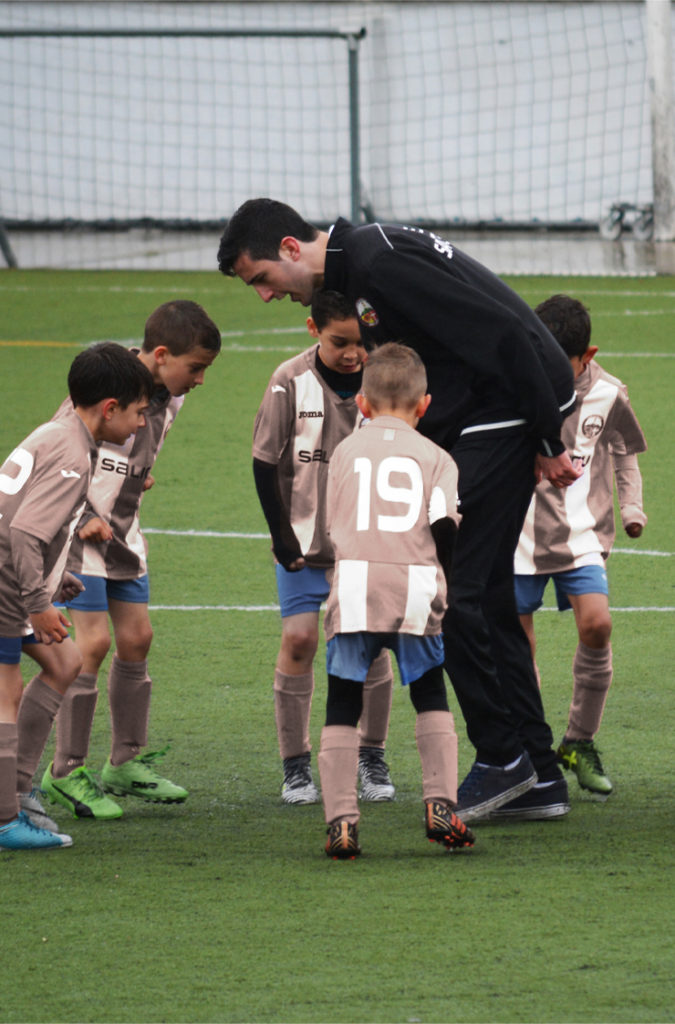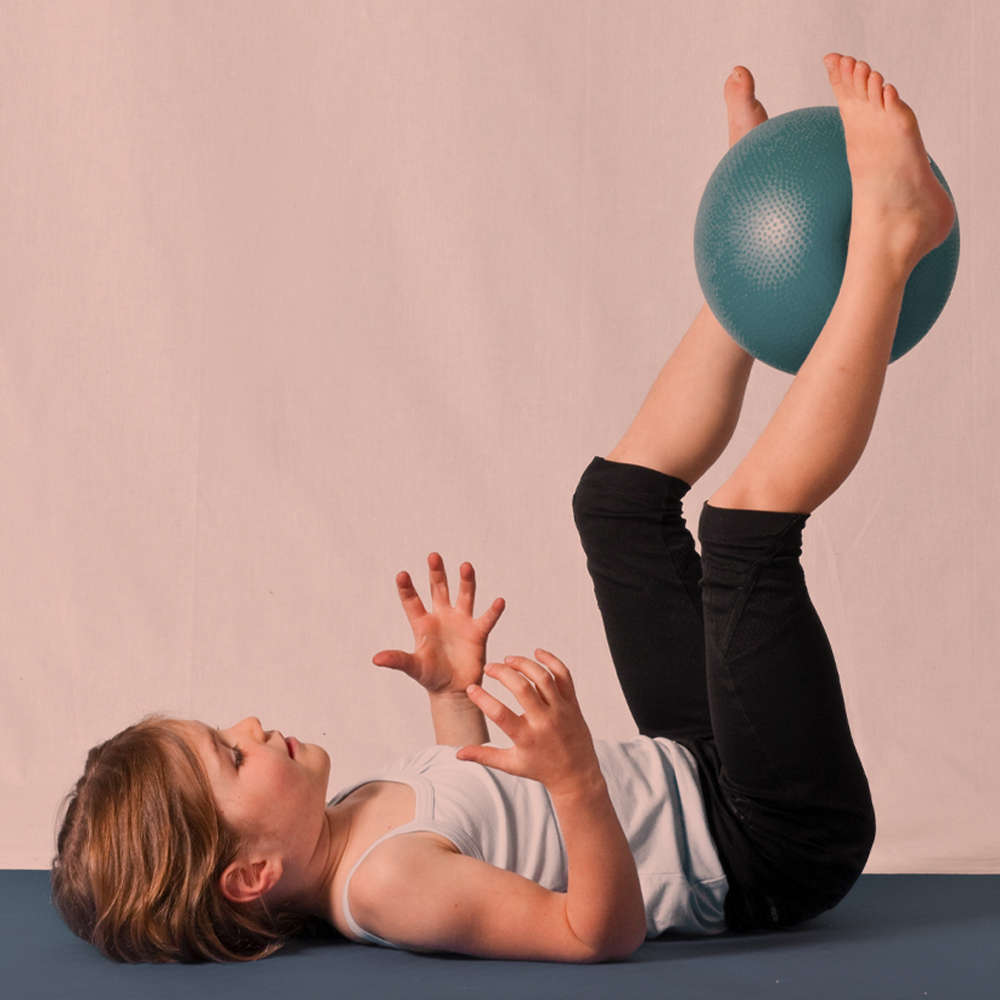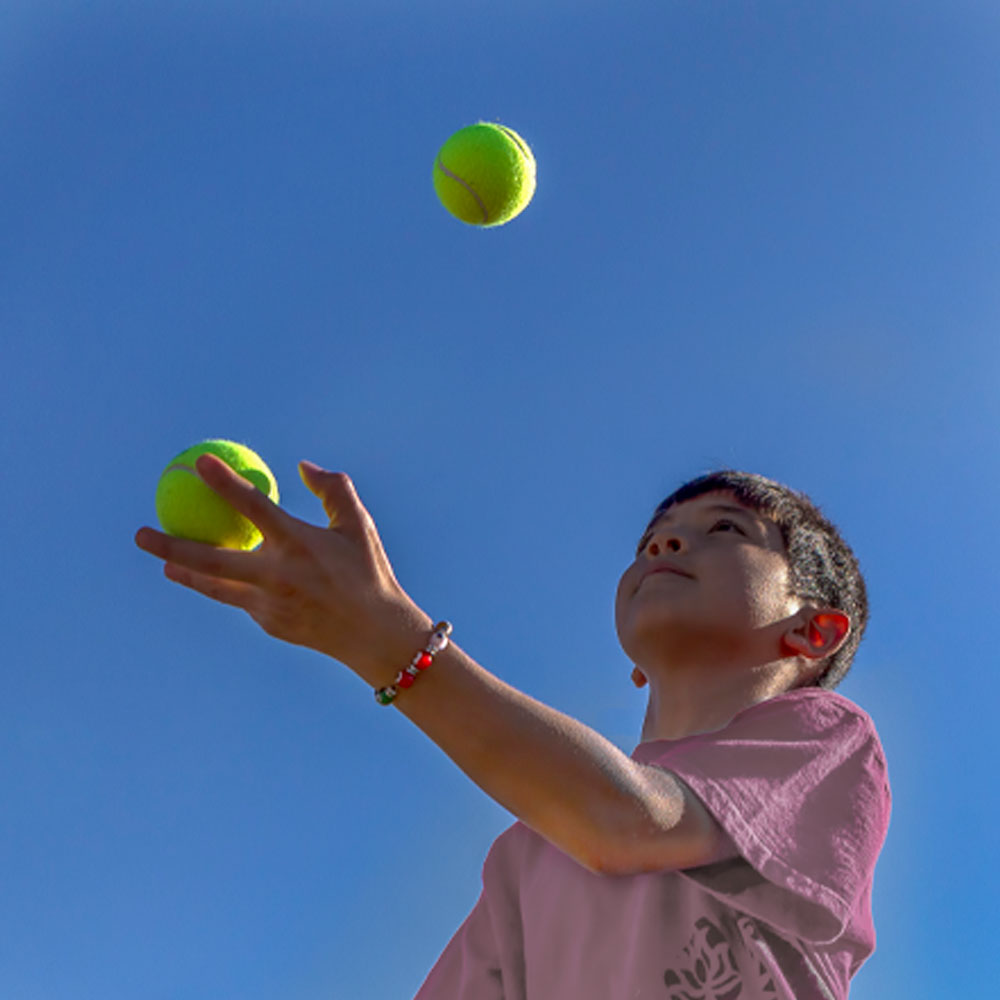
One general definition of attention is:
“a heterogeneous function that comprises several different processes and capacities that are related aspects of how the organism becomes receptive to stimuli and how it may begin processing, incoming or attended to excitation whether external or internal (Lezak, 1995). Attentive processes underline and energize cognitive and behavioral activities, serving somewhat as command operations, calling into play one or more cognitive functions”.
(Commodari, 2012, p. 18Attention Skills and Risk of Developing Learning Difficulties. Current Psychology)
Attention and concentration are different psychological functions. However, there is a tendency across different contexts, to combine these terms and discuss them in a genetic way.
Attention plays a pivotal role in learning. The capacity to focus on selected information for sufficient periods, while inhibiting interference, is fundamental for skill acquisition and informed decision making together with wider cognitive and behavioural skill development (Commodari & Guarnera, 2005Attention and reading skills. Perceptual and Motor Skills).
The main components of attention include:
- Enable time and space for communication and listening. Provide clear spaces that allow everyone to maintain an equal distance from the teacher (i.e., in a semicircle). (FAFocused or selective attention)
- Support explanations with drawings or diagrams. (FA) (SASustained attention)
- When a number of classes are working in a shared practical space (i.e., in a large sports hall), coordinate the teachers’ explanations so they do not interfere between them. (FA)
- Aim to position classes in ways that reduced distractions in the background (i.e., by facing towards the teacher and there only being a wall in the background). (FA)
- Vary the pace and focus of lessons so that there are episodes that prioritise and foster attention skills. (SA)
- Actively involve students. Rather than the students passively listening to the teacher, find opportunities to involve them in decision making (e.g., about the type or timing of that learning task or the focus of the next lesson). (FAFocused or selective attention) (AAAlternative attention)
- Maintain attention with active introductions to a lesson or series of lessons. (FA)
- Have clearly defined and shared learning intentions for lessons. Share the intentions at the beginning of lesson with the students and check with the class, at the end of the session, to gauge personal fulfilment of the learning intentions. Design learning tasks that relate to, and foster progression towards, the intention of the lesson. (SASustained attention) (AA)
- Vary the boundaries of tasks. Open task boundaries may encourage multiple interpretation and solutions while close task boundaries may foster precision and accuracy in response. Teachers can make decisions to shift the task boundaries by being attentive to individual and group needs. (AA) (DADivided attention)
- Organise lessons so that there are clear routines: a period of time in the same place at start to explain the lesson intentions; opportunities for individual exploration and teamwork; efforts to garner the students’ thoughts and behaviours.
- Organise learning tasks so that there are opportunities for students to work autonomously as this will allow the teacher time to nurture individual students.
- Adapt the terminology used with classes so it matches the developmental stage of children. Use various sources to illustrate tasks and generate ideas (e.g., demonstrations, short videos, web links, task cards, and model performers).
- Check for understanding regularly. Confirm that learners understand tasks and, after the explanation, allow time for them to ask questions.
- Provide wider roles and responsibilities for students in classes that extend beyond the physical domain. (DADivided attention) (AAAlternative attention)
- Allow children with attention challenges to move or stand during situations that demand them to remain stationary for long periods. (SASustained attention) (AA)
- Further develop students’ concentration skills with alternative and contrasting plenary activities such as relaxation work, breathing techniques, and yoga positions. (AA) (SA)
- Create a climate of trust and support between classmates.


Difficulties in sustaining attention
The teacher explained to the class that they would be starting a new gymnastic unit of work in two weeks’ time which would include a group challenge: creating acrobatic figures in pairs and quartets. For the first lesson, the teacher asked the children to prepare by drawing some acrobatic figures and bring these ideas to class.
When the children enter the gym, they give their drawings to the teacher. The children then take a seat on benches arranged in a semi-circle, facing the teacher, but with a wall in the background; this is the usual space in the hall where the teacher meets the class at the start of lessons. On the adjacent board, the teacher has already placed several photographs of simple gymnastic balances and formations. The teacher then engages the children in discussion of the drawings and selecting drawings in relation to criteria to add to the board. The teacher purposefully keeps this explanation at the start of the lesson brief (between 5 – 10 minutes). This enables the teacher to use the drawings created by the children to emphasise the focus of the lesson and engage children like Lua who can be easily distracted. The teacher makes it clear to the children that the drawings and photographs will remain on display on the board during the lesson and that they can go to the board for a reminder about the main focus of the lesson. When the children are working on the task in small groups the teacher moves from one group to another, checking understanding and engagement. This guiding approach by the teacher supports the children to be autonomous in their learning and supports Lua and other children who similarly tend to lose focus on tasks to be discreetly supervised, and when required receive specific support.
Difficulties in focussing attention
In the present unit the students are working to improve juggling. The group practiced this content last year. They used, then, an information sheet with different challenges that range in complexity from juggling with one ball to juggling with three balls. These three different juggling challenges each have a corresponding ‘difficulty code’ and ‘mastery code’. This is to say that the challenges may be adapted to be easier or complex and can be performed in accordance with performance criteria relating to the skill of juggling.
The students resume their juggling work with last year’s information sheet. The intention is to revise how the sheet operates and to consider the progress made from their efforts in the previous unit. Thereafter, the students are expected to push the boundaries further to assess their current level of ability and select learning challenges accordingly.
The teacher is aware that Julian struggles with juggling. Last year, finding it hard to master any of the juggling challenges, Julian quickly became frustrated and started to distract other learners. One problem was that he struggled to judge the trajectories of the balls in the air. This year the teacher prepared a video clip to support Julian’s learning. The clip is a representation of the ball movement as they are exchanged from one hand to the other. The teacher showed the juggling movement in slow motion, which further supported Julian to grasp the timing and ball trajectory. Thereafter, while Julian practised the juggling challenges deemed appropriate for this stage of learning, the teacher provided him with visual and audio cues to guide the release of the second ball. The teacher praised improvements and suggested returning to easier juggling challenges, which Julian had already achieved to a certain degree, to further promote his mastery of these tasks.

Sensory integration and the child. Los Angeles: Western Psychological Services – Ayres, A. J. (1979).
This book explains in an accessible way the Sensory Integration Theory. It has been published in many countries and languages. There are many editions, included a special 25th anniversary edition of the book (2005).
Strategies for achieving joint attention when signing to children with Down’s syndrome – Clibbens, J., Powell, G. G., & Atkinson, E. (2002).
International Journal of Language and Communication Disorders, 37(3), 309-323.
Attention Skills and Risk of Developing Learning Difficulties – Commodari, E. (2012).
Current Psychology
The course of neuropsychological functions in children with attention deficit hyperactivity disorder from late childhood to early adolescence – Dreschler, R., Brandeis, D., Földényi, M., Imhof, K., & Steinhausen, H. (2005).
Journal of Child Psychology and Psychiatry
Focus: The Hidden Driver of Excellence – Goleman, D. (2013).
New York: Harper.
Universal Design for Learning in the Classroom: Practical Application. New York, NY: Guilford Press – Hall, T. E., Meyer, A., & Rose, D. H. (2012).
Book with interesting proposal for learning content areas (Maths, Sciences, Language…).
Left minineglect in dyslexic adults – Hari, R., Renvall, H., & Tanskanen, T. (2001).
Brain
The effects of yoga on the attention and behaviour of boys with ADHD – Jensen, P S., & Kenny, D. T (2014).
Journal of Attention Disorders
A 30-minute physical education program improves students’ executive attention – Kubesch, S., Walk, L., Spitzer, M., Kammer, T., Lainburg, A., Heim, R., et al. (2009).
Mind, Brain, and Education
Universal design for learning: Theory and practice – Meyer, A., Rose, D. H., & Gordon, D. (2014).
Wakefield, MA: CAST.
Las funciones ejecutivas del estudiante – Moraine, P. (2014).
Madrid: Narcea
Universal design for learning in action: 100 ways to teach all learners. – Rapp, W. H. (2014).
Baltimore, MD: Paul H. Brookes – Book with practical advises to implement Universal Learning Design in schools.
Organización y planificación en niños con TDAH: evaluación y propuesta de un programa de estimulación – Rubiales, J., Bakker, L., & Delgado-Mejía, I. D. (2010, p.52).
Cuadernos de Neuropsicología
Creating Inclusive Youth Sport Environments with the Universal Design for Learning – Sherlock-Shangraw, R. (2013).
Journal of Physical Education, Recreation & Dance
Paper with advises and examples to Implement Universal Learning Design in Sport contexts.
Autism spectrum disorders – Singhania, R. (2005).
The Indian Journal of Pediatrics
Children with attention deficits concentrate better after walk in the park – Taylor, A. F., & Kuo, F. E. (2009).
Journal of Attention Disorder
The building process as a tool towards an all-inclusive school. A Swedish example focusing on children with defined concentration difficulties such as ADHD, autism and Down’s syndrome. – Tufvesson, C., & Tufvesson, J. J (2009).
The Indian Journal of Pediatrics
Coaching athletes with hidden disabilities: Recommendations and strategies for coaching education – Vargas, T., Flores, M., & Beyer, R. (2012).
Strategies
Getting it Right from the start
Lieberman, L., Lytle R., & Clarcq, J.A. (2008). Getting it Right from the start. Journal of Physical Education, Recreation & Dance - Journal paper with advises to implement Universal Learning Design in Physical Education.
Download PDFFundación Cadah
Fundation focused on ADHD. Their webpage offers information for teachers, such as advices for adapting PE lessons.
Orientación andujar
Webpage (in Spanish) with resources and advices for different educative problems.
National Center on
Accessing the General Curriculum
Hall, T., Vue, G., Strangman, N., & Meyer, A. (2004). Differentiated Instruction and Implications for UDL Implementation. Wakefield, MA: National Center on Accessing the General Curriculum.
CLASI
Webpage of the organization Collaborative in Lidership in Ayers Sensory Integration (CLASI) with free webinars about different aspects of that theory. Sensory integration theory provides evidence from basic and applied science about the ability to receive, sort, process, and make use of the information originating from the body and the environment and perceived by our senses (touch, gravity, body position and movement, sight, smell, hearing, taste). This sensory information goes to the brain, where it is organized and interpreted. Although the Sensory Integration is a therapeutic practice, it is interesting for teachers to know about it.
Creating Inclusive Youth Sport Environments with the Universal Design for Learning
Sherlock-Shangraw, R. (2013)
Journal of Physical Education, Recreation & Dance
Study.com Tutorial
This web site includes a lesson on differentiated instruction and information on how teachers take student differences into account and modify their instruction to meet the needs of all students. This site includes examples, definitions, and activities and provides related videos.
Differentiating Instruction
Finding manageable ways to meet individual needs (excerpt) - Willis, S., & Mann, L. (2000). Curriculum Update - Based on the concept that “one size does not fit all” the authors describe the teaching philosophy of differentiated instruction. More teachers are determined to reach all learners: to challenge students who may be identified as gifted as well as students who lag behind grade level. This article excerpt describes the essential components of differentiated instruction beginning with three aspects of curriculum: content, process, and products.
Physical education for children with moderate to severe disabilities
Grenier, M., & Lieberman, L. J. (2018)
Champaign, IL: Human Kinetics. - Example on inclusion in climbing.
Talks from the I Seminario de deporte inclusivo
Universidad Francisco de Vitoria. Madrid. Julio 2019 (in Spanish).
ViewBetter Movers and Thinkers (BMT)
An approach to learning and teaching in physical education designed to develop the ability of all children and young people to move and think in a more cohesive way with a specific focus on developing, enhancing and fostering executive function skills within the learning process.
Salvesen mindroom centre resources
Videos, app and leafletsCircle Resource
This resource aims to bring together and share good inclusive practice, focusing on approaches to improve the engagement and achievement of all learners including those who require additional support.
Download PDF










